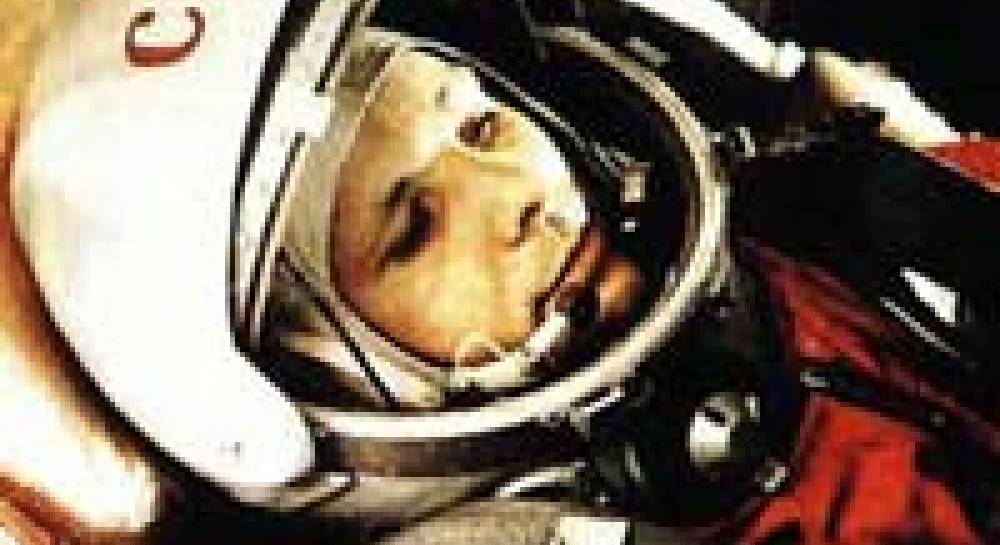
Tribute to Sergey Korolyov: Soviet space pioneer
January 12 and 14, 2007 passed without much fanfare for the one-hundredth and forty-first anniversaries of the birth and death (respectively) of an important man to the development of robotic and human space exploration: Sergey Korolyov.
January 12 and 14, 2007 passed without much fanfare for the one-hundredth and forty-first anniversaries of the birth and death (respectively) of an important man to the development of robotic and human space exploration: Sergey Korolyov (sometimes spelled Sergei Korolev).
Chief Soviet rocket engineer and spacecraft designer and scientist Sergey Pavlovich Korolyov (January 12, 1907-January 14, 1966) was the architectural counterpart to German-American engineer Wernher von Braun (1912-1977) in the United States during most of the 1957-1975 space and arms race between the United States and the Soviet Union.
His role in the Soviet space program with respect to rocket technology and spacecraft design was critical to the Soviet contribution to space travel and exploration for four decades-between the 1930s and the 1960s-and has continued to influence the Russian space program. The Soyuz spacecraft, which was designed by Korolyov in the early 1960s, is still in operation in 2007.
His life, contributions, and accomplishments were kept a secret until after his death. He was only known to the public as the Chief Designer.
However, at the one-hundredth birthday celebration for Korolyov, President Vladimir Putin called him a "true pioneer and the author of the first, bright space exploits."
Korolyov`s contributions to space exploration were almost never realized when he was arrested in 1938 during the dictatorial rule of Soviet leader Josef Stalin, forced to work at hard labor for several years, and almost died from the freezing cold, hunger, and strenuous work of the gulags (prison labor camps). Fortunately, Korolyov survived the brutal conditions forced upon him.
In the 1930s, Korolyov provided critical knowledge for the Soviet Union to launch its first liquid fuel rockets. In the 1940s, he improved on the design of the German V-2 rocket technology. In the 1950s and 1960s, he was largely responsible for the Soviet Union`s ability to launch its first intercontinental ballistic missiles and spacecraft.
For instance, Korolyov was critical for the successful launching of Sputnik 1 on October 4, 1957-what was the first artificial satellite to orbit the Earth, and generally considered the beginning of the U.S./Soviet space race and the start of space exploration.
He was also instrumental in such Soviet projects as the first probe (Luna 2) to reach the Moon (September 14, 1959), and the Vostok series of spacecraft (1960-1963), which placed the first human (cosmonaut Yuri Gagarin) in space on April 12, 1961.
In addition, Korolyov engineered the success of the Voskhod program (1964-1966), which included the first space walk by cosmonaut Aleksei Leonov on March 18, 1965.
At the time of his death in 1966, Korolyov was working on the spacecraft Soyuz, the lunar landing vehicle Luna, and unmanned missions to the planets of Venus and Mars.
The Soviets may have lost the space race to the United States upon Korolyov`s death.
Three-and-one-half years later, the U.S. Apollo 11 mission landed astronauts Neil Armstrong and Buzz Aldrin on the Moon-the first humans to step on the lunar surface.
Korolyov has been awarded the Lenin Prize, the Order of Lenin, and the Hero of Socialist Labor. He was elected to the Russian Academy of Sciences. The Korolyov crater on the Moon was named in honor of him, as well as asteroid 1855 Korolyov.
Many other honors have been bestowed on Sergey Pavlovich Korolyov, the architect of the early Soviet space program.
This news was monitored by the ArtUkraine Monitoring Service for the Action Ukraine Report, E.Morgan Williams, the editor.
By William Atkins, ITWire, Australia, Monday, 15 January 2007

